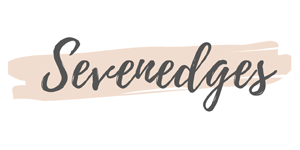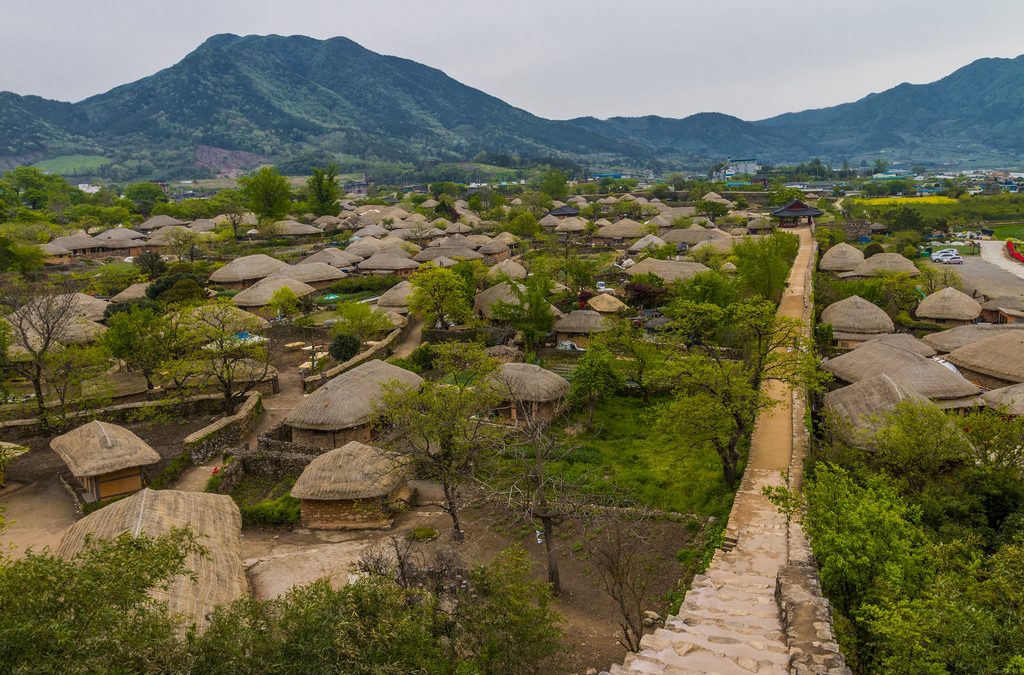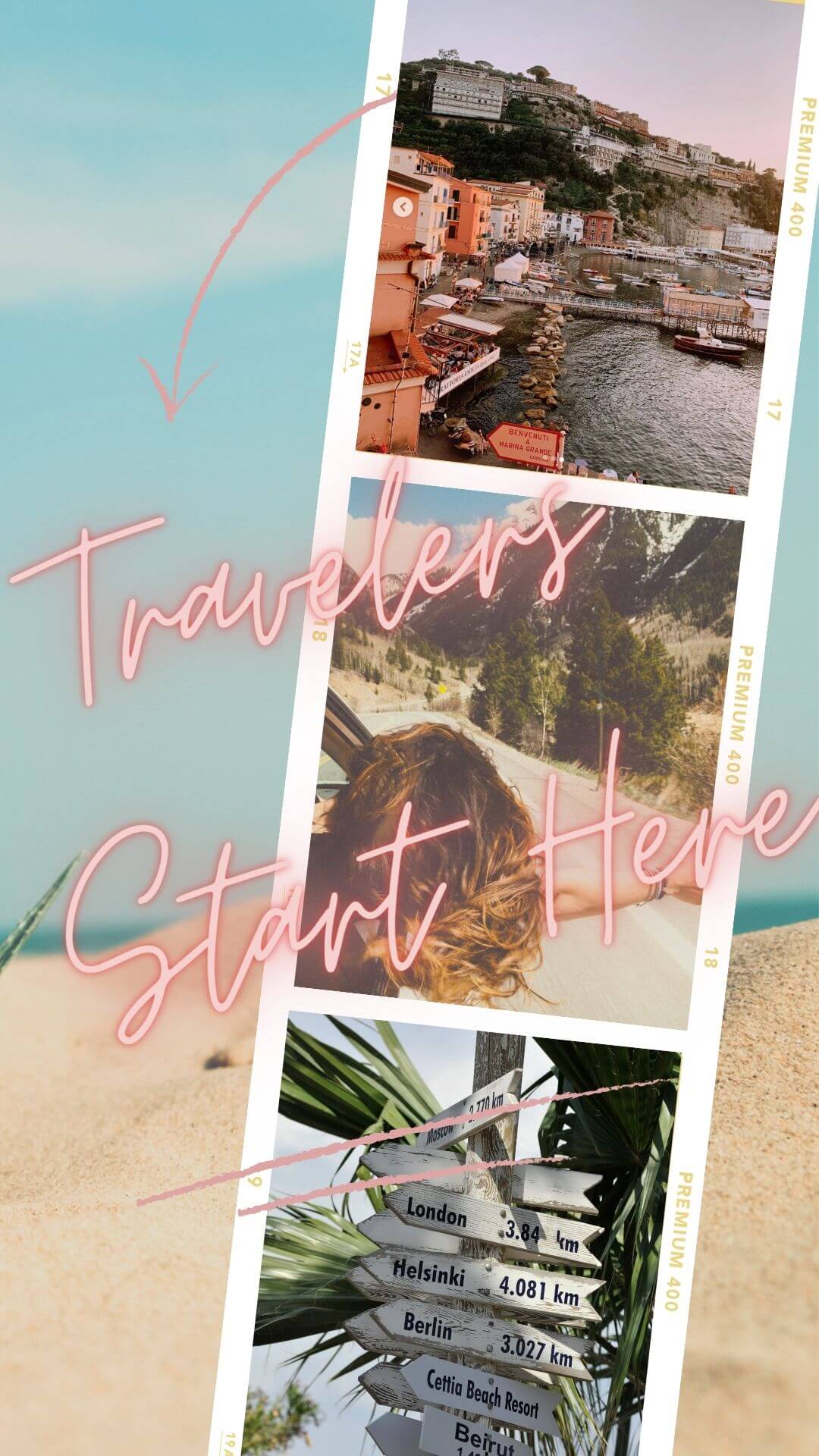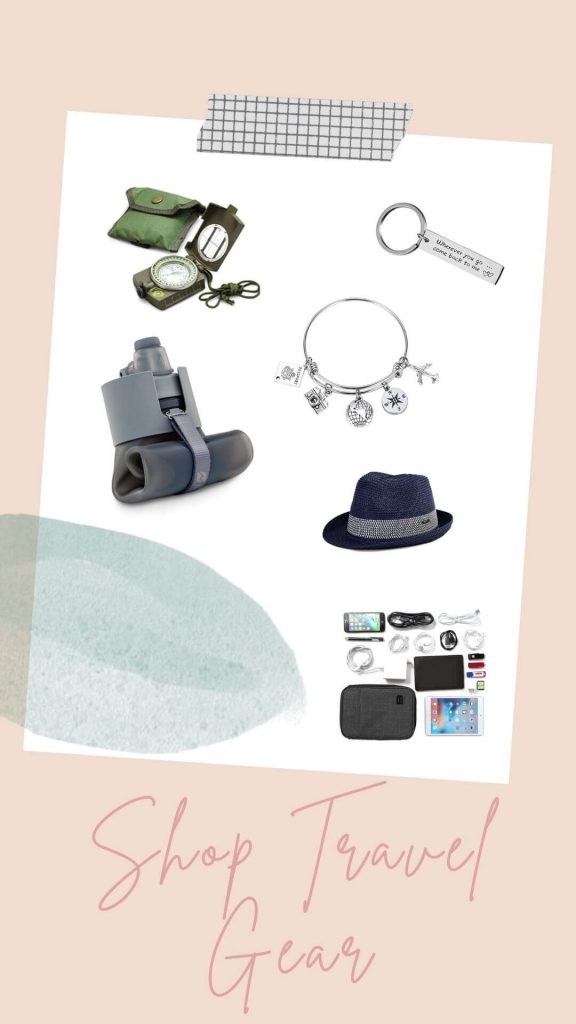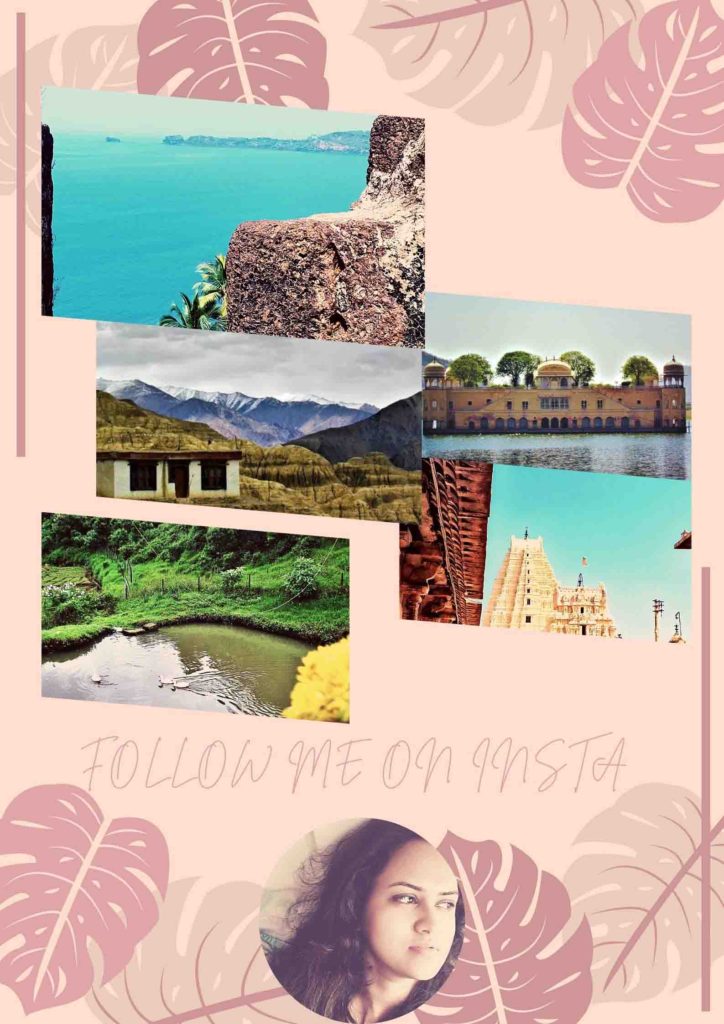While planning a trip to South Korea, luxury shopping and food tours are popular choices for many tourists, but travelers shouldn’t neglect some of the unique things that can only be found in the Land of the Morning Calm.
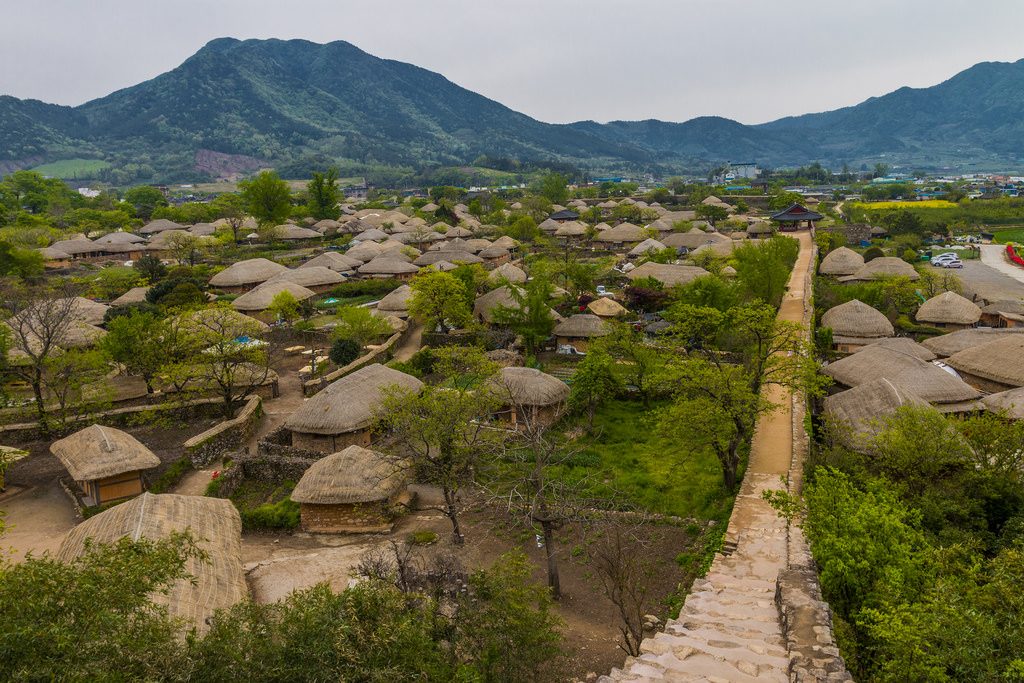
Dreamy Camera Cafe
Located on the outskirts of Seoul, the capital city of South Korea, is the Dreamy Camera Cafe. The entire building was built to look like an enormous camera, and its largest window is a giant camera lens that patrons can peer through for a view of the neighborhood. The Cafe dedicates the majority of its decor to vintage cameras; in fact, its exterior design was inspired by the Rolleiflex dual-lens camera. The Cafe’s first floor is mostly a camera museum, and the second floor showcases rotations of photography by both locals and tourists. Even the toilet paper in the Dreamy Camera Cafe is printed to look like a roll of film!
Gonjiam Psychiatric Hospital
Fans of the supernatural will thoroughly enjoy a trip to the Gonjiam Psychiatric Hospital in Gwanjiam. There are several decades of spooky myths and legends surrounding this abandoned building that once served as a residential mental institution. Many locals tell tales of criminally insane patients and doctors as unhinged as the residents; others say that in reality, various sanitary violations and financial problems led to its the hospital’s demise. There are no scheduled tours of the Gonjiam Psychiatric Hospital, but thousands of ghosthunters and thrillseekers enter this eerie, deserted building every year of their own accord.
Samatan Art Mine
Once a busy coal mine in Jeongseon, the Samatan Art Mine is a unique addition to any art enthusiast’s list of destinations in South Korea. The mine closed its doors in 2001 and became a fantastic display of modern art. The mine winds through various rooms that were formerly mine shafts, and it opened as an art complex in hopes of boosting the tourism industry in the area. The diverse exhibit rooms, which regularly alternate different artists’ work, highlight the natural beauty of the mine.
Hwaam Cave
A nearby mine in Jeongseon was once the fifth most lucrative goldmine in South Korea. To get there, one must take the monorail from Seoul and hike a short distance from the train station. Stepping into this mine is like entering a fantasy realm; the cave twists and turns through rooms featuring mining mannequins and strange plastic goblins. When tourists arrive at the final stop of their tour through Hwaam Cave, they’ll enter a natural cathedral boasting stalagmites and stalactites of tremendous size.
Third Tunnel of Aggression
For more daring adventurers, the Third Tunnel of Aggression beneath Panjunmom is a remarkable sight. North Korea constructed this secret tunnel in an attempt to cross the border; however, when South Korea discovered it in 1978, the South denied being responsible for its existence. Later, the North spread ashes on the tunnel’s walls and claimed that it was a coal mine, and North Korea gained ownership of it. The Third Tunnel of Aggression is available for guided tours, but because it lies within the Demilitarization Zone, photographs of the area are prohibited.
Oedo Botania
Oedo Botania, which lies off the coast of Geoje-si, is a true botanical paradise. It was once a barren island until Lee Chang-ho and his wife, Choi ho Suk, purchased it in 1976. Initially, the couple attempted to raise pigs and fruit trees, but they eventually conceived of turning the entire island into a botanical garden. Various paths wind through countless flowers, shrubs, fruits trees, cactus plants, and sculpted topiaries. Odeo Botanica, which is also a favorite place for locals to visit, is accessible by the Gujora ferryboat.
Raccoon Cafe
Animal lovers will surely get a kick out of the Raccoon Cafe in Seoul. Animal cafes are quite common in Seoul, but this one features an unusual critter: a raccoon, two to be exact. The raccoons play in a room separate from the main cafe area, but patrons can feel free to visit and interact with them. An additional perk to visiting the Raccoon Cafe, as opposed to the many others animal cafes in Seoul, is the free admission at the door!
Trick Eye Museum
Also located in Seoul, the Trick Eye Museum is a 3-dimensional, fully interactive museum that opened in 2010. Guests are allowed to interact with the art, whether through experiments related to optical illusions, touching the art, or photographing the displays. The Ice Room at the Trick Eye Museum has the largest display of ice sculptures in all of South Korea.
Yongma Land
On the outskirts of Seoul, travelers can find an abandoned amusement park called Yongma Land. Yongma Land is a popular destination for photographers seeking a unique background; in fact, many wedding photo shoots have occurred here, and numerous K-Pop videos have been filmed on the property. The deserted theme park has an eerie, post-apocalyptic feel, but look on the bright side! No one will have to stand in long lines and, visitors can explore the park on their own time. Yongma Land is approximately a ten-minute walk from the stop at Mangu Station.
Naganeupseong Folk Village
Last but not least, the Naganeupseong Folk Village in Jeollanam, just east of Suncheon Bay, is an extraordinary place to visit. It is an especially good choice for travelers with an appreciation of history. Walking through the village, visitors experience a step back in time. The village is home to approximately 200 Korean locals who reside in houses in their original condition, most with no plumbing, thatched roofs, and stones without mortar to hold them in place. Naganeupseong Folk Village is a bonafide Korean fortress town that dates back to the Joseon Dynasty.
Jessica Kane is a professional blogger who writes for Documents International LLC, a leading apostille service for individuals and businesses.
